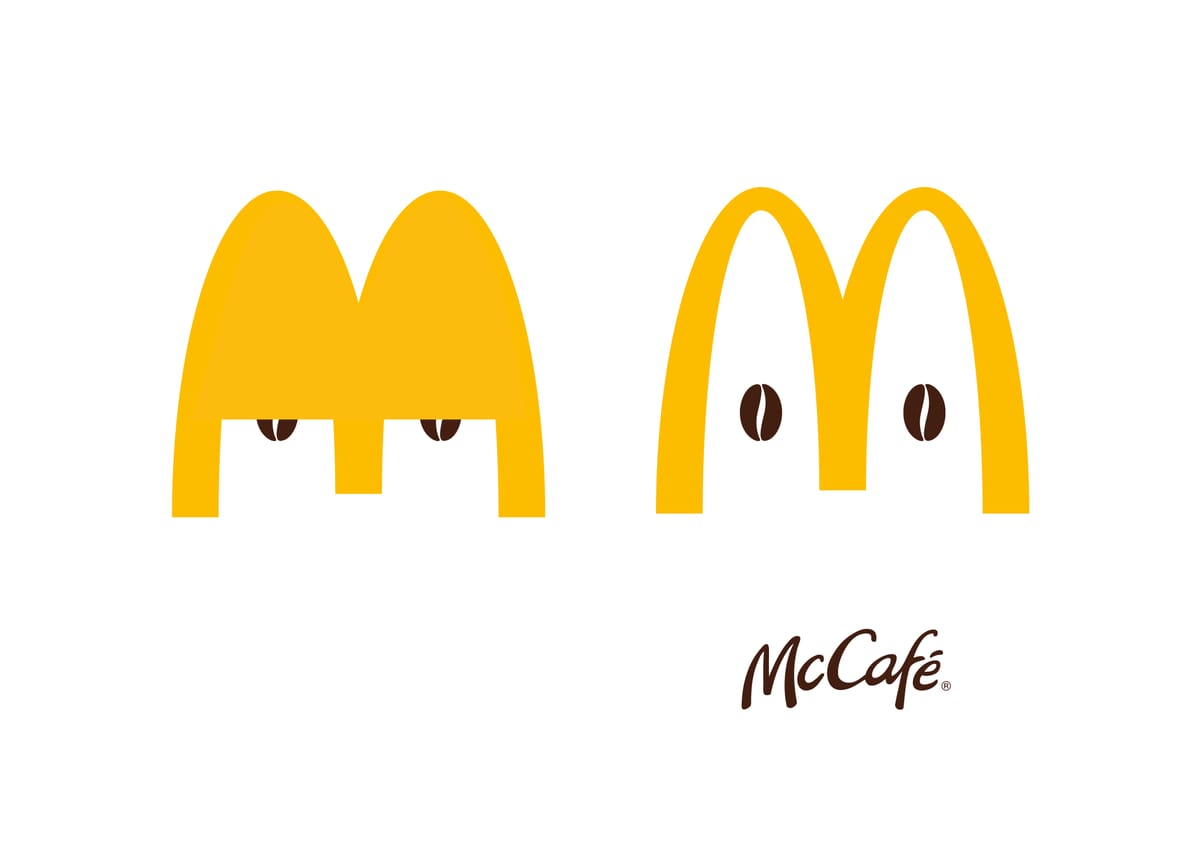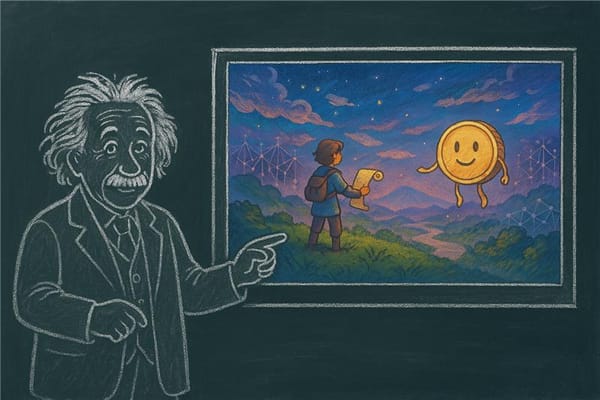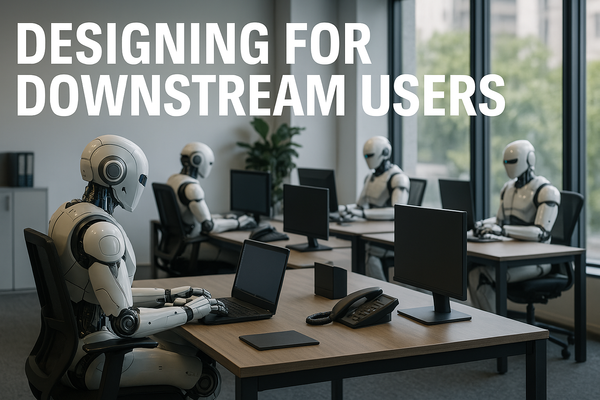Understanding Customer Pain Points—Why It Makes or Breaks Product Strategy

There’s a powerful scene in the movie Jobs that perfectly illustrates a common mistake product teams make. In the scene, a group of technical experts is trying to sell a store clerk on a "computer." To the engineers and developers, the computer is a marvel of technology—a complex network of chips, motherboards, and circuitry. So that’s what they brought the clerk, the motherboard and related compute. They’re excited about the innards of the machine, its potential power, and the innovation under the hood. But to the store clerk, a computer is something entirely different: it’s the monitor, keyboard, and what they can do with it—and that was missing, so the deal fell through.
This moment captures the disconnect that often occurs between product teams and their customers. For the technical team, the value of the computer is obvious. But the customer, coming from a completely different frame of reference, doesn’t see what the engineers see. The key to success for that team, as Steve Jobs understood, was packaging the technology in a way that solved real problems for the customer—not just showcasing the cool innovations behind it.
As product leaders, we face this challenge constantly. We can become so absorbed in the exciting possibilities of our technology or product features that we forget to address the core pain points our customers are experiencing. The difference between a product that succeeds and one that fails often lies in whether we truly understand and solve those problems from the customer’s perspective.
In this post, we’ll look at several real-world examples of both failures and successes, highlighting the importance of deeply understanding customer pain points. These case studies will show us the pitfalls to avoid and the strategies that lead to success.
When Technology Alone Isn’t Enough: The Failure of Google Glass
Let’s start with a cautionary tale: Google Glass. When Google launched this groundbreaking wearable in 2013, it generated a lot of excitement. The idea of augmented reality (AR) glasses that allowed users to interact with the digital world in real time sounded revolutionary. However, despite the initial buzz, Google Glass failed to take off.
The core issue? Google overlooked some critical pain points. Privacy concerns surfaced quickly, with people uneasy about being recorded unknowingly. In addition, the device was impractical for everyday use—bulky, with a short battery life and a lack of useful apps. Ultimately, Glass didn’t solve an urgent problem for consumers, and it created new concerns around privacy.
As a result, despite its technological innovation, Google Glass was pulled from the market in 2015, unable to gain widespread adoption. This failure serves as a reminder that even the most cutting-edge technology won’t succeed if it doesn’t solve a meaningful problem.
Lesson for Product Leaders: Don’t get caught up in the allure of innovation at the expense of understanding your customers' pain points. No matter how advanced a product is, if it creates new problems instead of solving existing ones, it will struggle to gain traction.
Building a Product People Can’t Live Without: Slack’s Streamlined Success
On the other end of the spectrum is Slack, which succeeded by solving a very specific and relatable pain point: inefficient workplace communication. Before Slack, teams relied heavily on email, which often resulted in scattered conversations, long threads, and lost messages. Slack’s founders recognized this frustration and developed a product that made collaboration easier, more organized, and even enjoyable.
Slack didn’t introduce an entirely new way of communicating. Instead, it streamlined an existing process, centralizing workplace conversations into one platform and providing search functionality, project-specific channels, and integrations with other tools. By addressing these everyday workflow issues, Slack quickly became indispensable to its users, growing to more than 10 million daily active users by 2019.
Lesson for Product Leaders: Sometimes, the key to success isn’t about reinventing the wheel—it’s about making everyday tasks simpler and more efficient. Slack succeeded by addressing an immediate pain point and delivering a solution that improved daily workflows for millions of people.
When Form and Function Meet Customer Needs: The Apple Watch’s Turnaround
Like Google Glass, the Apple Watch entered a crowded tech space full of failed products. Early iterations of smartwatches, including Apple’s own initial launch, struggled to define their purpose. Was the watch a fashion accessory? A fitness tracker? A smartphone companion? Consumers weren’t sure how it fit into their lives, and adoption remained slow.
Apple quickly pivoted by honing in on one clear function: health and fitness. By incorporating heart rate monitoring, activity tracking, and later, ECG functionality, Apple found a valuable niche. The Apple Watch became more than just a tech gadget—it became a tool that helped people improve their health and well-being. Its seamless integration with the broader Apple ecosystem, connecting effortlessly to iPhones and Macs, only strengthened its value.
By 2021, Apple Watch dominated the wearable market, commanding nearly 30% of global market share. The lesson here is clear: Apple succeeded by focusing on a core set of pain points (health and convenience) while also creating a product that fit seamlessly into users' everyday routines.
Lesson for Product Leaders: Success often comes from finding the right balance between form and function. A product that not only solves pain points but also fits seamlessly into your users' lives is far more likely to thrive.
The McCafe Approach: The Power of Simple, Effective Problem-Solving
Not every successful product has to be high-tech or groundbreaking. McDonald’s McCafe coffee is an example of how understanding a simple, universal need can lead to great success. McDonald’s recognized that its customers wanted an affordable, convenient caffeine boost without the premium prices or long waits at a coffeehouse. So, they focused on solving one pain point—providing quick, reasonably priced coffee.
The simplicity of McCafe’s marketing reflects this understanding. Their ads don’t boast about complex features or cutting-edge innovations; instead, they emphasize that McCafe is reliable, fast, and affordable. This clear messaging directly aligns with customer needs.
For product leaders, this serves as an important reminder. Before you launch a product, imagine writing the press release or designing the advertisement. What’s the simple, intuitive message your product delivers? If you can’t distill it into a solution that addresses a core need, you may need to rethink your approach.
Lesson for Product Leaders: Sometimes, the simplest solutions are the most effective. By understanding your market’s basic needs and delivering a product that meets them, you can create something that resonates deeply with your audience.
Addressing Multiple Pain Points for Different Customers: Airbnb’s Market Disruption
Airbnb’s rise to prominence demonstrates how understanding pain points across multiple customer segments can lead to breakthrough success. For travelers, Airbnb provided a cheaper, more authentic alternative to hotels. For homeowners, it offered an easy way to generate extra income by renting out unused space. By solving pain points for both groups, Airbnb transformed the travel and hospitality industry.
What makes Airbnb’s success even more compelling is how it redefined both sides of the marketplace. Travelers appreciated the affordability and uniqueness of Airbnb stays, while hosts benefited from a streamlined process for listing their homes. This two-sided approach ensured that both groups felt their needs were being met, driving the platform’s explosive growth.
By 2021, Airbnb was valued at over $100 billion, showing the power of solving multiple pain points within a market.
Lesson for Product Leaders: Addressing the needs of multiple customer segments can dramatically expand your product’s appeal. Airbnb’s ability to solve pain points for both hosts and travelers created a product that resonated with a broad audience.
Conclusion
The success or failure of a product often boils down to one simple truth: Does it solve a real problem? From Google Glass's inability to address core customer concerns to Slack's mastery of workplace communication pain points, the lesson is clear— products that align with customer needs are the ones that thrive.
As you reflect on your product strategy, ask yourself: Are you creating a product in search of a market, or is your product the outcry of a market waiting to be created?



